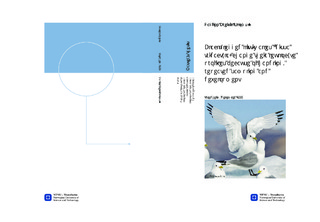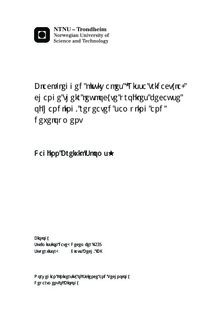| dc.description.abstract | Similar to other long-lived species, Black-legged kittiwakes (Rissa tridactyla) need to invest in the immune system to ensure future survival. However, since resources are considered to be limited, this investment constitutes a trade-off with other life history components. In the developing offspring, for example, an important balance is between their investments in growth and in immunity. The innate immune system is an initial, non-specific protection from a variety of pathogens, while the acquired immune system provides a more specific protection but is considered to be more costly.Although obtaining immune parameters such as the heterophile to lymphocyte (H:L) ratios from blood smears is a standard approach in bird studies, effects of handling on these measurements are usually disregarded. In the present study, 33 adult kittiwakes were selected to study the effects of handling time and repeated sampling on leukocyte profiles from blood smears. To examine these effects, blood were collected (a) through repeated sampling (at 3, 30 and 60 min) and also after 60 min for handling alone (control), and (b) through one repeated sample (at 3 and 60 min of capture), alternatively sampling at the same or the opposite wing, to test for local versus global sampling effects. The results suggest that repeated sampling and not handling per se causes a significant increase in H:L ratio over time. Furthermore, sampling causes a global immune response within minutes, since leukocyte profiles at 60 minutes were similar irrespective of whether the same or opposite wing was sampled. However, since the total leukocyte counts changed significantly regardless of handling time alone or repeated bleedings, the effects of handling seems to be parameter specific. Researchers should therefore be aware of the possible effects from the stress which may follow normal handling. The present study also examined leukocyte profiles and H:L ratios of kittiwakes from chicks under development, 10 to 25 days after hatching, and the change of the parental profiles from hatching to 25 days after hatching. While the parental leukocyte profiles did not change, the chicks experienced a decline in the numbers of heterophiles and an increase of lymphocytes without any changes in the total numbers of leukocytes. In addition, the H:L ratio in the older chicks resembled their parents. These data suggests that younger kittiwake chicks have stronger innate immunity which generally protects them from pathogens, while investing more into a more specialized acquired immunity similar to their parental leukocyte status. | nb_NO |

